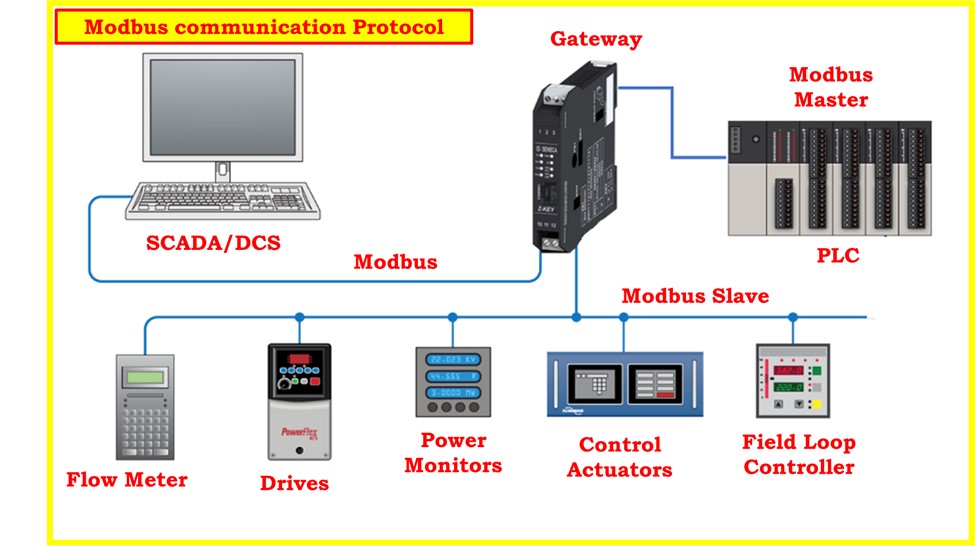ANTENNAS and it’s size, direction importance

Antennas are vital devices in wireless communication. An antenna is an interface between radio waves that propagate through space and electrical currents that move in metal conductors, which are used with a transmitter or receiver.
Basic antenna circuit:
Antennas are basically tank circuit, Capacitors store energy in electric fields, proportional to the square of voltage. Inductors store energy in magnetic fields, proportional to the square of the current.

If we were to alter our transmission line test circuit, splaying the two conductors apart from each other rather than running them alongside one another, it would also form another type of resonant circuit, owing to the distributed capacitance and inductance along the wires’ lengths as shown above.
Tank circuits and transmission lines do not radiate energy because they are intentionally designed to contain their fields: the capacitors are designed to completely contain their electric fields, the inductors are designed to completely contain their magnetic fields and the fields within the lines of Transmission are also restricted. Our two-wire resonant circuit, on the other hand, does exactly the opposite: its electric and magnetic fields are exposed to open spaces without any type of containment. What we have built here is not a tank circuit or a transmission line, but an antenna.
Antenna size:
An antenna will behave most efficiently – whether transmitting or receiving – when operated in a condition of resonance. The relationship between ideal frequency and antenna length is inverse: the longer the antenna, the lower its fundamental frequency, and vice-versa. This is the same mathematical relationship we see between frequency and wavelength (λ) for any moving wave:
v = λf
Antenna Orientation & direction:
Another factor affecting antenna performance is the orientation of the receiving antenna with respect to the transmitting antenna.
- Antenna conductors should be parallel to each other in order to maximize reception, in order that the electric and magnetic fields emanating from the wires of the transmitting antenna will “link” properly with the wires of the receiving antenna(s).
- Dipole and whip antennas should be arranged vertically so that all antenna conductors will be parallel to each other regardless of their geographic location.
The direction of the antenna installation is important, most of the antenna Omnidirectional.
- Omnidirectional can provide greater security: perhaps you have an application where you do not wish to broadcast information in all directions, where anyone at all could receive that information.
- Another reason for antenna directionality is improved reception.
- A transmitting antenna that is directional will focus more of its power in one direction than in others, resulting in less “wasted” power radiated in unwanted directions.





